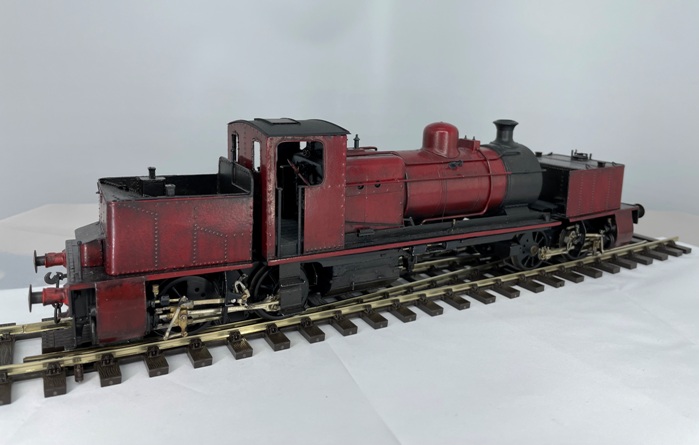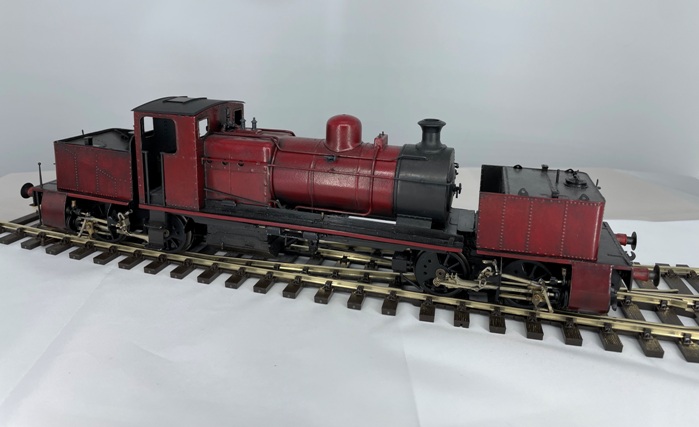PhilMortimer
Member
Good morning.
Long time lurker here, but thought I should post some pictures of my most recent work. Please be gentle with me. I've been building two "Vivian" style UK standard gauge garratts from Mercian models kits, though with quite a bit of replacement parts. The first was built as Sneyd # 2 and recently delivered to the owner in the UK, who remembered the real thing from when he was a boy. The second is not far off completion and will be built up as the preserved William Francis. The full build (which covers 24 pages and a load of photos) can be found in the RM web thread here as I don't have enough time to copy everything over. However, if you have any questions, I'd be happy to answer them.











In company with its almost completed sister just before despatch to its owner in the UK.

A happy owner with his new acquisition.


That's all for now.
Thanks for looking.
Phil
Long time lurker here, but thought I should post some pictures of my most recent work. Please be gentle with me. I've been building two "Vivian" style UK standard gauge garratts from Mercian models kits, though with quite a bit of replacement parts. The first was built as Sneyd # 2 and recently delivered to the owner in the UK, who remembered the real thing from when he was a boy. The second is not far off completion and will be built up as the preserved William Francis. The full build (which covers 24 pages and a load of photos) can be found in the RM web thread here as I don't have enough time to copy everything over. However, if you have any questions, I'd be happy to answer them.
In company with its almost completed sister just before despatch to its owner in the UK.
A happy owner with his new acquisition.
That's all for now.
Thanks for looking.
Phil
Last edited:
